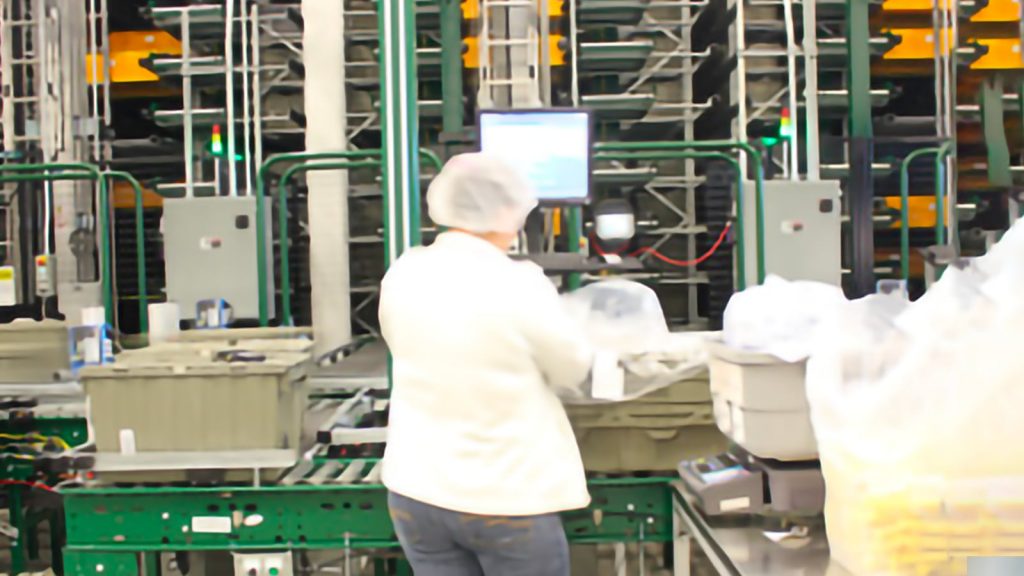Goods are products or services that are produced to satisfy human wants and needs. They can be classified into two categories: producer goods and consumer goods. Producer goods are those goods that are used in the production of other goods and services, while consumer goods are those goods that are used by individuals for their personal consumption.
Producer goods, also known as capital goods, are used in the production process to create other goods and services. They are not directly used by consumers, but rather by businesses to produce consumer goods. Examples of producer goods include machinery, equipment, tools, and raw materials. These goods are essential for the production process and are often expensive and long-lasting.
Consumer goods, on the other hand, are goods that are used by individuals for their personal consumption. They are the final products that are sold to consumers and are used to satisfy their wants and needs. Consumer goods can be further classified into durable goods, non-durable goods, and services. Durable goods are goods that are expected to last for a long time, such as cars, furniture, and appliances. Non-durable goods are goods that are used up quickly, such as food, clothing, and toiletries. Services are intangible goods that are provided to consumers, such as healthcare, education, and entertainment.
The classification of goods into producer goods and consumer goods is important for businesses and policymakers. Businesses need to understand the demand for producer goods in order to plan their production processes and manage their inventory. Policymakers need to understand the composition of consumer goods in order to design policies that promote economic growth and development.
In conclusion, the classification of goods into producer goods and consumer goods is essential for understanding the production and consumption patterns in an economy. Producer goods are used in the production process to create other goods and services, while consumer goods are used by individuals for their personal consumption. Understanding the differences between these two categories of goods is important for businesses and policymakers to make informed decisions.
About Author
You may also like
-
SENO Makes a Strong Debut in Major Authoritative U.S. Newspapers, Garnering International Endorsement for Its Industry Recognition!
-
Parent’s Guide: Choosing a Safe, Non-Toxic DIY Kids Makeup Kit for Your Child
-
How Waterproof Is Your Tent? Understanding Tent Waterproof Ratings Explained
-
From Play to Skill-Building: How the Educational Kids Claw Machine Boosts Hand-Eye Coordination
-
What are the common problems of extruders?

